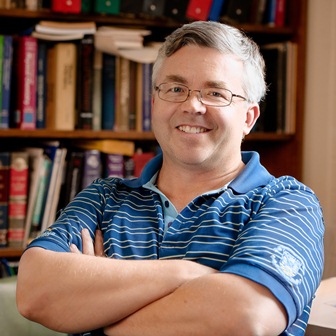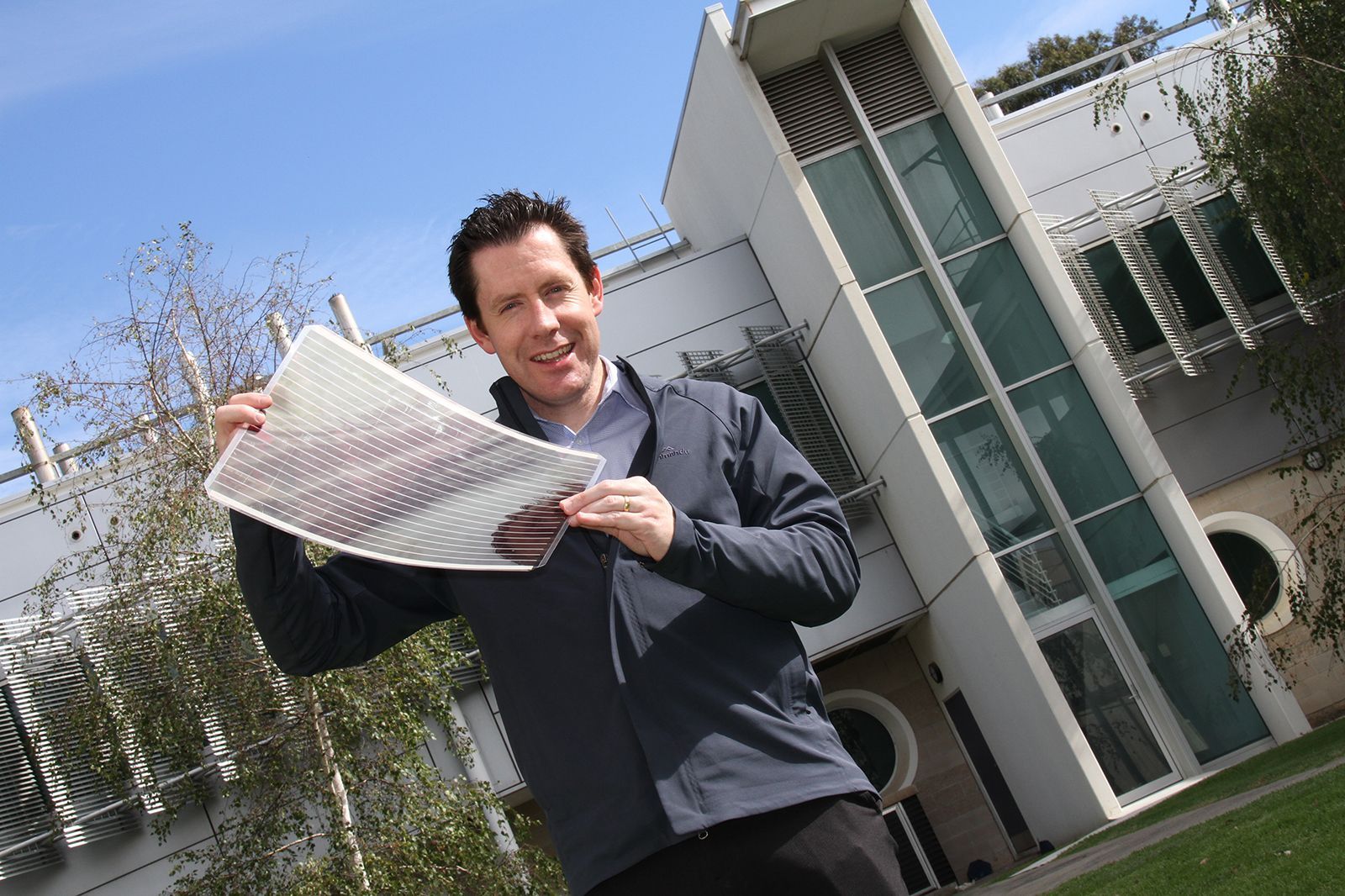Dr Scott Watkins
Stream Leader for Organic Photovoltaics
CSIRO Materials Science and Engineering, CSIRO Future Manufacturing Flagship
Dr Scott Watkins is the Stream Leader for Organic Photovoltaics in CSIRO’s Future Manufacturing Flagship and is based in the Division of Materials Science and Engineering, Clayton, Victoria. Scott has a PhD in Chemistry from UNSW and has developed research interests which span the synthesis and analysis of new materials through to the fabrication and testing of devices. Between 2000 and 2004 Scott worked with Cambridge Display Technologies in the UK on the development of light-emitting polymers for display and lighting applications. Scott joined CSIRO in 2004 to work on materials and applications in the field of plastic electronics. Plastic electronics is broadly defined as the use of molecular or polymeric organic semi-conductors as the active material in electronic devices. Specific applications of the technology include Organic Light Emitting Diodes (OLEDs), Organic Photovoltaics (OPVs), Organic Field Effect Transistors (OFETs) and a variety of sensor applications. At CSIRO Scott has led projects on both OLEDs and OPVs and coordinates CSIRO’s involvement in a number of national and international consortia aimed at developing applications of plastic electronics by linking industry with research.
Presentation topic: Renewable Energy – Thin Film Solar Cells
CSIRO is the Australian government applied research organization. Within CSIRO, the Flexible Electronics Research Theme is developing materials and technologies for applications such as thin film solar cells, organic light emitting diodes and thin film field effect transistors. In this presentation I will give an introduction to the range of activities and collaborations that we are involved with in the area of Flexible Electronics. This includes several research consortia involving universities and companies around the world. I will then describe in detail our work on two different technologies for thin film solar cells. In the first area, organic solar cells, I will discuss the materials and processes that we have developed to enable us to now make fully printed solar cells up to A3 in size. I will specifically discuss the performance of these devices and the applications of this renewable energy technology. These applications include a variety of uses from small consumer devices and advertising components through building integrated solar films to large area solar panels. The second area of research I will discuss is our work on solution processed, nanoparticle solar cells. The processes that we have developed take 4 nm diameter particles and grow them into 70 nm diameter crystals within the film. Using this approach we have demonstrated CdTe-based devices with power conversion efficiencies in excess of 10% made from solution, in air. Finally, I will also highlight the outreach and education activities that we have been involved with.

Prof Dr Joseph G. Shapter
Professor of Nanotechnology and Dean, School of Chemical and Physical Sciences
Flinders University, South Australia, Australia
Joe Shapter obtained his Ph. D. from the University of Toronto in 1990 working with Prof. J. C. Polanyi on the detection of small molecules and the determination of their energies. From 1990 to 1996, he worked at the University of Western Ontario (London, Ontario) building a scanning tunnelling microscope and lecturing first year chemistry.
In 1996 he moved to Flinders and is now Professor of Nanotechnology and Dean of the School of Chemical and Physical Sciences. Prof. Shapter led the establishment of and is now course coordinator for the Flinders Bachelor of Science Degree in Nanotechnology (2000-2003, 2007-present). This was the first degree of its kind in the world. He was the founding Director of the Defence Science and Technology Organisation (DSTO) funded Centre of Expertise in Energetic Materials (CEEM) and is currently the Director of the South Australian node of the Australian Microscopy and Microanalysis Facility (AMMRF).
Presentation topic: “Nanotechnology: What is it and What Use is it?”
Nanotechnology is a new science which deals with things one billionth the size of our “normal” working world. This means it is possible for us to view individual atoms or molecules. More importantly in this case, we can manipulate or modify these atoms or molecules to make new, useful devices and structures. This talk will explore a few examples of these potential applications.

